- Fevers with an absence of sweating, epigastric
pain, and distention, which is characteristic of the very earliest stages of
externally contracted disorders. Also for colds associated with Yin deficiency,
with
Allium fistulosum- Cong bai.
[6]
- Early stages of Wind Heat disorders with fever and headache, use with
Mentha
arvensis- Bo he,
Schizonepeta tenuifolia-
Jing jie and
Arctium lappa- Niu bang zi.
[6]
- Insomnia and irritability as sequelae of warm-febrile diseases, with
Gardinia
jasminoides- Zhi zi.
[6]
- Wind Heat- with Honeysuckle flower, Mint etc.
- Wind Cold- with Allium fistulosi (Green or Spring Onion).
CONTRAINDICATIONS: Lactating mothers as it decreases milk production.
[4,6]
PREPARATIONS: Decoction
10-15 g.
[3,6] Fermented ripe seed
6-12 g.
[2,4] Dried bean boiled up
until sticky.
[4]
These beans are prepared by steaming and fermenting with
other herbs. Depending on the herbs used, the temperature of the final product
can be Cold or Warm. Most commonly Qing hao
and Sang ye are used, resulting in the cool product.
In some parts of China, Ma huang and Zi
su ye are used resulting in a Warm product, used for Wind Cold common cold.
Good quality is black with a thin coat.
- Fever with minimal sweating, urinary discomfort, edema, joint pain and diarrhea
due to Damp Heat diseases, Damp Summer Heat or Damp painful obstruction, with
Tetrapanax papyrifer- Tong cao.
[6]
- Exterior Summer Heat, with
Perilla frutescens-
Zi su ye.
[6] [1] Barefoot Doctor's Manual- 1977 Prepared
by the Revolutionary Health Committee of Hunan Province. Original Chinese manual-
Victor W. Sidel. Originally published by Dr Joseph Quin and the Fogarty International
centre, Bethdesda (1974). Madrona Publishers Seattle Washington ISBN 0-914842-52-8.
[2] A Complete English Dictionary of Medicinal Terms in Chinese Acupuncture and
Herbalism 1981 - Henry Lu Chinese Foundations of Natural Health- The Academy of
Oriental Heritage, Vancouver, Canada.
[3] Medicated Diet of Traditional Chinese Medicine- Chief Editor- Hou Jinglun.
Associate Editors- Zhao Xin, Li Weidong, Liu Jianxin, Geng Chun-e, Li Guohua,
Li Shaohua. Geijing. Science & Technology Press 1994. ISBN 7-5304-1735-5/R.
309.
[4] Translation notes from Gary Seiford and Hocu Huhn- NSW College of Natural
Therapies. Sydney Australia (1982).
[5] Chinese System of Food Cures Prevention and Remedies. 1986
Lu,
Henry. Sterling Publishing Co., Inc. New York. USA. Distributed in Australia
by Capricorn Book Co. Pty Ltd. Lane Cove, NSW. ISBN 0-8069-6308-5.
[6]
Chinese Herbal Medicine Materia Medica- Dan Bensky and
Andrew Gamble- Eastland Press 1986 Seattle Washington ISBN 0-939616-15-7
[7] Essentials of Chinese Materia Medica and Medical Formulas: New Century Traditional
Chinese Medicine Shengyan Xi, Yuewen Gong Academic Press, 1 May 2017 ISBN 978-0-12-812722-3
Images
1. Glycine max; 2000; author Fritz Geller-Grimm; permission under GFDL,
jadeinstitute.com
2.
item.rakuten.co.jp
Retrieved 5-Aug-14
3.
en.wikipedia.org
by DryPot CC BY-SA 3.0
4.
gizmodo.com
5.
kamwostore.com
6.
en.wikipedia.org
by Takeaway CC BY-SA 4.0
7.
yysnet.org
8.
maangchi.com
9.
tcmwiki.com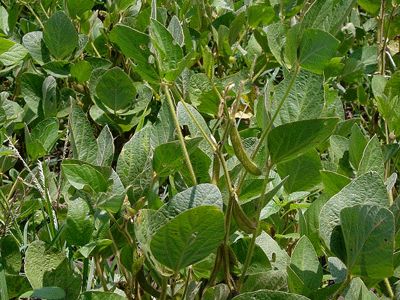 Glycine
max 大
豆 Dà
dòu Soybean Family:
Leguminosae
Glycine
max 大
豆 Dà
dòu Soybean Family:
Leguminosae
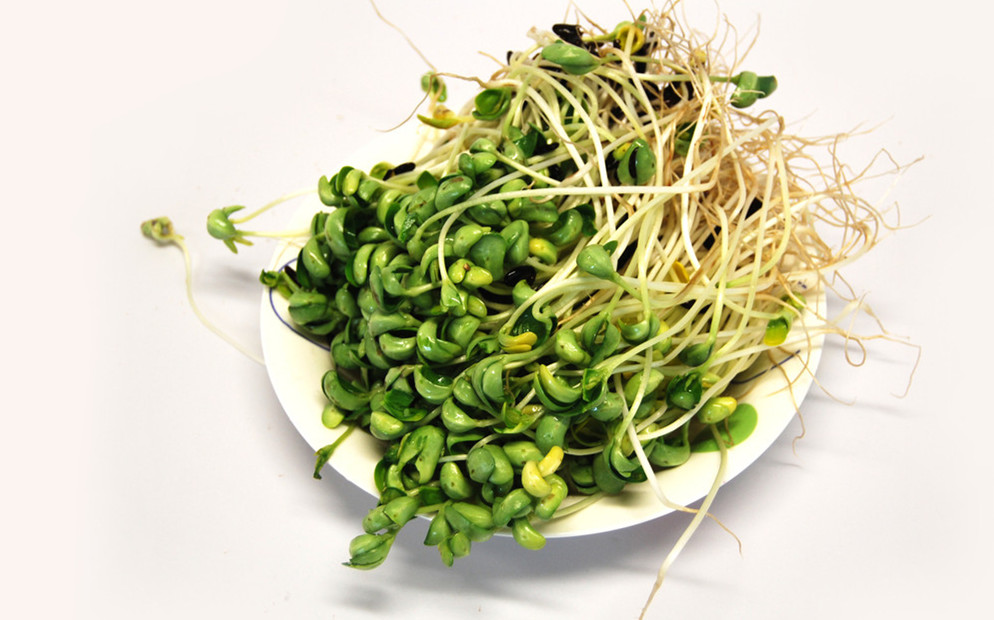
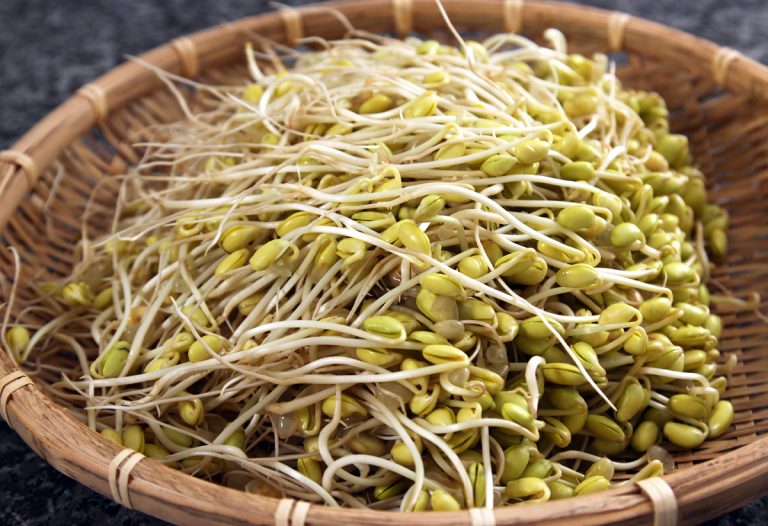
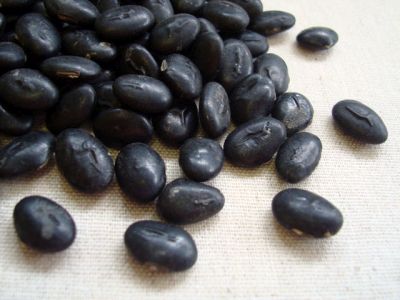 黑
豆 Hēi
dòu
Black soybean
黑
豆 Hēi
dòu
Black soybean
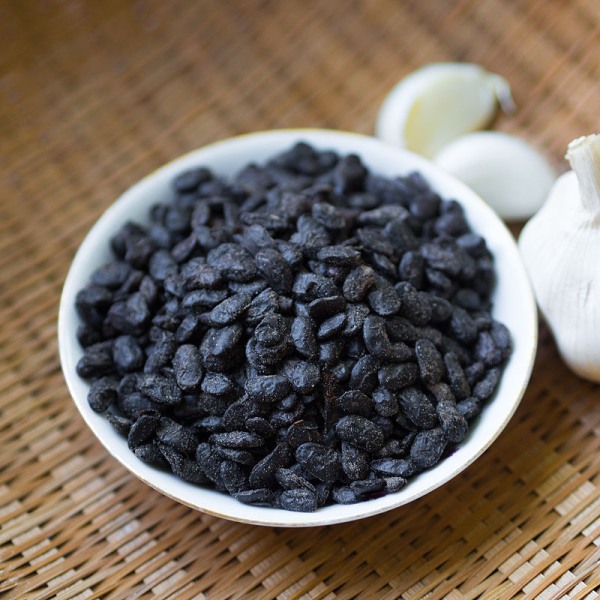 黑
豆
豆
豉 Hēi dòu dòu chǐ Salted
black beans
黑
豆
豆
豉 Hēi dòu dòu chǐ Salted
black beans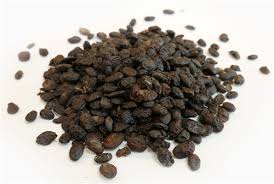

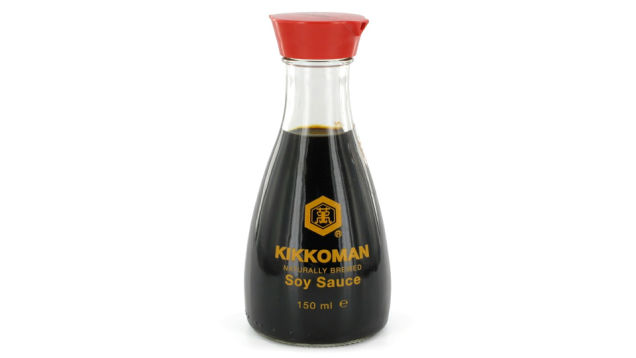 酱
油 Jiàng
yóu Soy sauce
酱
油 Jiàng
yóu Soy sauce